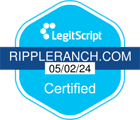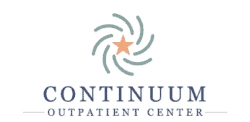What Is The Process For Drug Detox?
Learn More About Ripple Ranch Recovery Center
Our team is standing by to discuss your situation and options. Your call is fully confidential, and no obligation is required.
Call Us 24/7
Learn More About Ripple Ranch Recovery Center
Our team is standing by to discuss your situation and options. Your call is fully confidential, and no obligation is required.
Drug Detox: Process, Side Effects & Detox Centers Near Me
The drug detox process varies for each individual due to their needs and type of substance use disorder. The drug detoxification process involves three major steps: evaluation, stabilization, and preparation for entry into further treatment. The drug detox process objective is to reduce the effects of withdrawal symptoms.1

Table of Contents
Learn More About Ripple Ranch Recovery Center
What is Drug Detox?
What Are the Side Effects of Drug Detox
- Insomnia
-
Mood swings
-
Nervousness
-
Headaches
-
Constipation and diarrhea
-
Dehydration
-
Depression
What's the Process of Detoxification?
Evaluation
Stabilization
Preparing the Individuals Entry into Further Treatment
What's the Best Way to Find a Drug Detox Center?
Visit the official US government website “Findtreatment” to locate detox and treatment centers near you. Input your location in the search box and click on the search button. You can filter the search result by distance, payment options, treatment type, age, and language.3
What Happens During Detox?
During the detox process, the individual reduces or stops the intake of the substances. The body might withdraw due to the reduction or lack of the substance in the body system.
This is because the body and brain have adjusted to the toxic substances and rely on them to function properly. Withdrawals can range from mild to severe. The severity of withdrawals depends on the type of substance abused and for how long.
What Happens After Detox?
Addiction centers work with the individuals to customize a treatment plan according to the individual needs to obtain and maintain sobriety. Treatment plans could include therapy, life skills training, medication, and relapse prevention training. Addiction recovery involves follow-up care to help prevent relapse.
What Happens During a Medically Assisted Drug or Alcohol Detox?
During a medically assisted detox process, addicted individuals are supervised by treatment professionals. The drug or alcohol detox process can be painful and dangerous as individuals experience mild to severe withdrawal symptoms.
During medically assisted detox, clinical professionals treat withdrawal symptoms and administer detox drugs to ease the addicted individual’s discomfort.
How Long Does Detox Last?
Drug Detox During Pregnancy
Symptoms of Withdrawal
- Agitation
-
Excessive hunger
-
Insomnia
-
Disorientation
-
Seizures
-
Depression
-
Delirium
-
Loss of appetite
-
Self-harm
-
Irritability
What Is Alcohol Withdrawal Syndrome?
How Can I Safely Detox and Manage Withdrawal Symptoms?
Which Should I Use: A Detox Center or a Treatment Facility?
Can I Detox at Home?
Side Effects of Detox at Home
- Dehydration
-
Agitation
-
Nausea
-
Disorientation
-
Seizures
-
Shakiness
-
Night sweats
-
Excessive hunger
-
Stomach cramps
Life After Detox
Detox Types and Options
Medical Assisted Detox
Drug Tapering
At-home Detox
Rapid Detox
Cold Turkey
Is Ultra Rapid Detox Safe?
Ultra-rapid opioid detoxification (UROD) is a potentially effective and safe treatment for opioid use disorder. This anesthesia-assisted detox process aims to reduce the duration of detoxification and treat withdrawals.
The long-term success rate of UROD is 75%. If not properly done and supervised by a trained medical professional, UROD has adverse side effects.5
Why Choose Medically Supervised Drug and Alcohol Detox
Some of the Substance Abuse Treatment Programs
Substance abuse treatment programs offer different treatment plans to help addicted individuals achieve and maintain sobriety. The treatment programs also serve as support systems to help encourage addicted individuals during treatment.
Some major substance abuse treatment programs are:
- SMART recovery
-
Alcohol anonymous
-
LifeRing
-
Narcotics anonymous
Begin Recovery with Drug and Alcohol Detox at Ripple Ranch Recovery
Guiding Principles in Detoxification and Substance Abuse Treatment
Tips contain the guiding principles for detoxification and substance treatment. The Center for Substance Abuse Treatment (CSAT) develops the Treatment Improvement Protocols (TIPs). The CSAT is a division of the Substance Abuse and Mental Health Services Administration (SAMHSA).6

Learn What Ripple Ranch Has to Offer
Ripple Ranch Recovery Center in Comal County, Texas, is a unique addiction treatment facility. The recovery team at the center creates a special care plan using evidence-based treatment strategies and a foundational holistic approach.
This treatment center employs therapeutic techniques like cognitive behavioral therapy (CBT) to assist patients in achieving long-term sobriety. Ripple Ranch Recovery offers custom-tailored addiction treatment plans to assist people in successfully stopping substance use.
Several decades of data and academic study support the recovery center’s treatment methods. The treatment methods successfully assist individuals in overcoming substance use disorders and achieving long-term sobriety.
Detoxification Programs
The center’s residential treatment program provides individuals with a secure, peaceful setting where they can acquire new coping mechanisms. Before having to put their newly acquired abilities to use in real-world situations, this aids them in becoming ready for life following treatment.
Reach out and begin recovery today.





